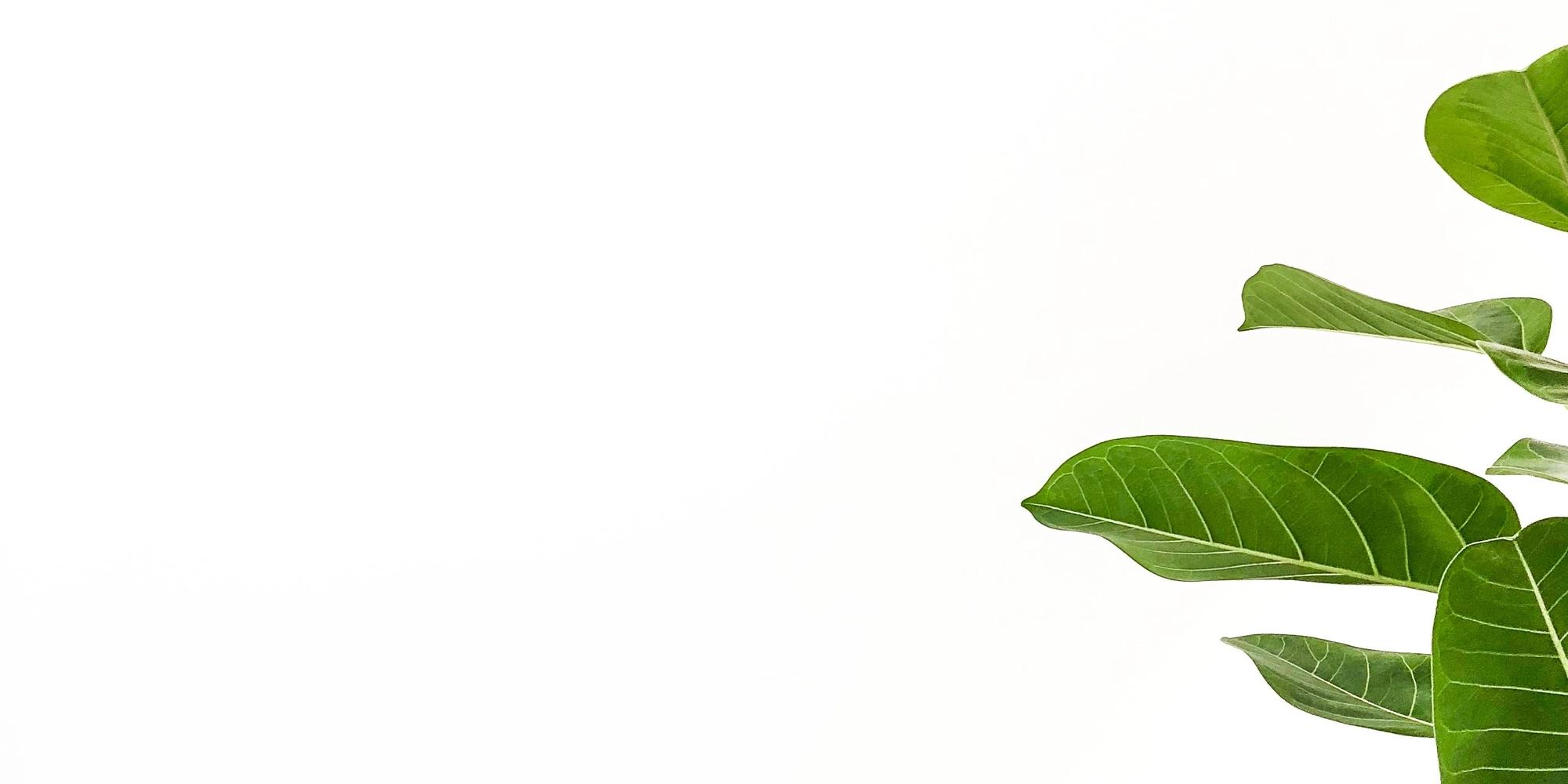Green Living: Transforming Your Home into an Eco-Friendly Oasis
In a world where environmental consciousness is paramount, the home serves as the ideal starting point for making impactful changes. Embracing green living not only reduces your carbon footprint but also creates a healthier and more sustainable living environment. This article explores the art of transforming your home into an eco-friendly oasis, offering practical tips, innovative ideas, and insightful resources to help you embark on a journey toward a greener lifestyle.
The Essence of Green Living
Green living, often referred to as sustainable living, centers around making intentional choices that minimize harm to the environment. By adopting eco-friendly practices, you contribute to the preservation of natural resources and the reduction of pollution. Transforming your home into an eco-friendly oasis is a multifaceted endeavor that encompasses various aspects of daily life.
Energy-Efficient Lighting
One of the simplest ways to start your journey toward an eco-friendly home is by switching to energy-efficient lighting. Replace traditional incandescent bulbs with LED or CFL bulbs. Not only do these bulbs consume less energy, but they also have a longer lifespan, reducing the frequency of replacements.
Embedded Link: Energy-Efficient Lighting
Natural Cleaning Solutions
Conventional cleaning products often contain harsh chemicals that can harm both the environment and your health. Transition to natural cleaning solutions like vinegar, baking soda, and essential oils. These alternatives are just as effective and gentler on the planet.
Embedded Link: Natural Cleaning Solutions
Reducing Water Usage
Conserving water is a critical aspect of green living. Install low-flow faucets and showerheads, fix leaky pipes promptly, and consider capturing rainwater for outdoor use. Small changes in your water usage habits can lead to significant conservation.
Embedded Link: WaterSense Program
Sustainable Home Design
The design and layout of your home play a pivotal role in its eco-friendliness. Whether you're renovating or building from scratch, consider incorporating sustainable design principles.
Passive Solar Design
Passive solar design maximizes the use of natural sunlight and heat to reduce energy consumption. Proper orientation, strategically placed windows, and thermal mass materials can help regulate indoor temperatures naturally.
Embedded Link: Passive Solar Design
Energy-Efficient Appliances
When it's time to replace old appliances, opt for energy-efficient models with the ENERGY STAR label. These appliances use less energy, which translates to lower utility bills and reduced greenhouse gas emissions.
Embedded Link: ENERGY STAR Program
Sustainable Materials
Choose sustainable and locally sourced materials for construction and interior design. Bamboo, reclaimed wood, recycled glass, and non-toxic paints are just a few examples of eco-friendly options that contribute to a healthier indoor environment.
Embracing Renewable Energy
Transitioning to renewable energy sources is a significant step toward an eco-friendly home. Renewable energy reduces reliance on fossil fuels, curbing carbon emissions and promoting a cleaner planet.
Solar Panels
Installing solar panels on your roof allows you to harness the power of the sun to generate electricity for your home. Solar energy not only reduces your electricity bills but also has a positive impact on the environment.
Embedded Link: Solar Energy
Wind Turbines
For homes in windy areas, wind turbines can be an effective way to generate renewable energy. Small-scale wind turbines can offset your energy consumption and contribute to the local grid.
Embedded Link: Wind Energy
Creating a Sustainable Garden
Your outdoor space offers an excellent opportunity to practice green living. A sustainable garden not only enhances the aesthetics of your home but also supports local biodiversity.
Native Plants
Choose native plants for your garden, as they are adapted to the local climate and require less water and maintenance. Native plants also attract local wildlife, promoting a balanced ecosystem.
Embedded Link: Benefits of Native Plants
Rain Gardens
Rain gardens help manage stormwater runoff by allowing rainwater to be absorbed into the ground instead of flowing into storm drains. By reducing runoff, rain gardens prevent pollution of local waterways.
Embedded Link: Rain Gardens
Sustainable Living Resources
Embarking on a journey toward an eco-friendly home is made easier by leveraging a wealth of resources and information available.
Government Programs
Government agencies like the Environmental Protection Agency (EPA) and the Department of Energy provide valuable resources and incentives for green living practices and home improvements.
Embedded Link: EPA's Green Living Resources
Certification Programs
Certification programs like LEED (Leadership in Energy and Environmental Design) offer guidelines and standards for sustainable home construction and design.
Embedded Link: LEED Certification
Community Engagement
Engage with local environmental organizations, green living workshops, and community events to learn from others who are committed to sustainable living.
The Path to a Greener Future
Transforming your home into an eco-friendly oasis is an investment in a healthier, more sustainable future—for both yourself and the planet. By embracing green living practices, you create a positive ripple effect that extends beyond your doorstep. As you reduce energy consumption, minimize waste, and embrace renewable resources, you become an integral part of the global movement toward a greener, more harmonious world.
So, whether you're making small changes to your cleaning routine or embarking on a full-scale home renovation, remember that each eco-friendly choice you make contributes to the greater goal of preserving the Earth for generations to come.
Sources:
- Energy-Efficient Lighting
- Natural Cleaning Solutions
- WaterSense Program
- Passive Solar Design
- ENERGY STAR Program
- Solar Energy
- Wind Energy
- Benefits of Native Plants
- Rain Gardens
- EPA's Green Living Resources
- LEED Certification
Creating an eco-friendly oasis in your home is an empowering endeavor that aligns your living space with your values. As you implement green living practices, you contribute to a more sustainable world. Let your home be a testament to the fact that living in harmony with nature is both achievable and rewarding.


